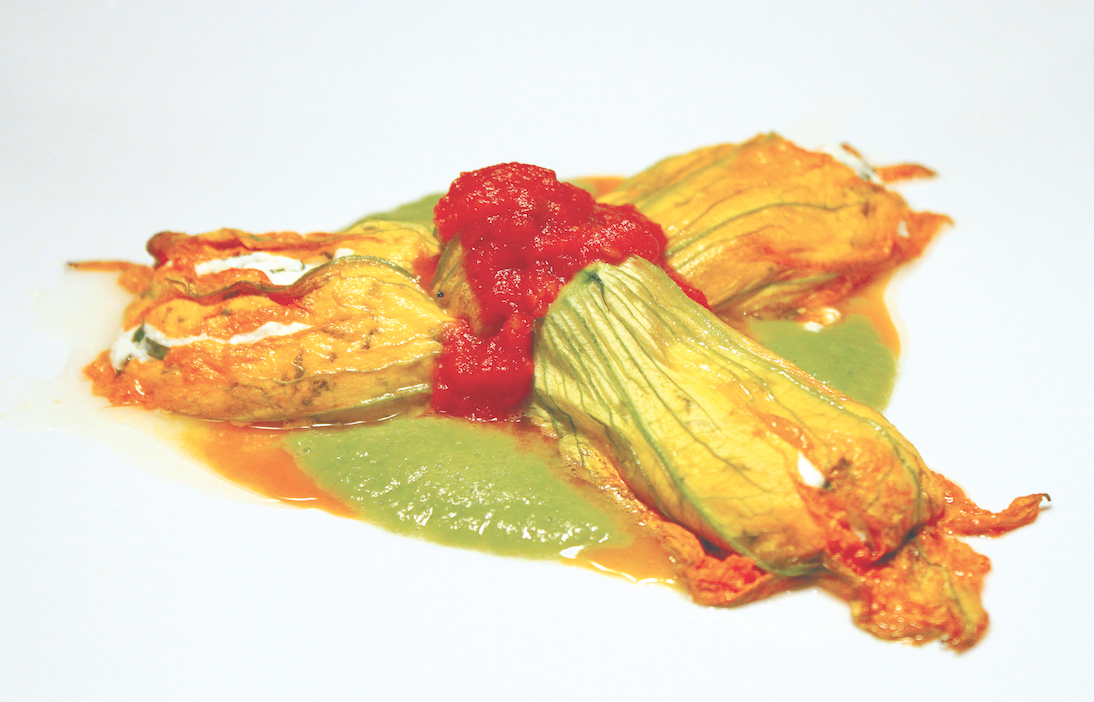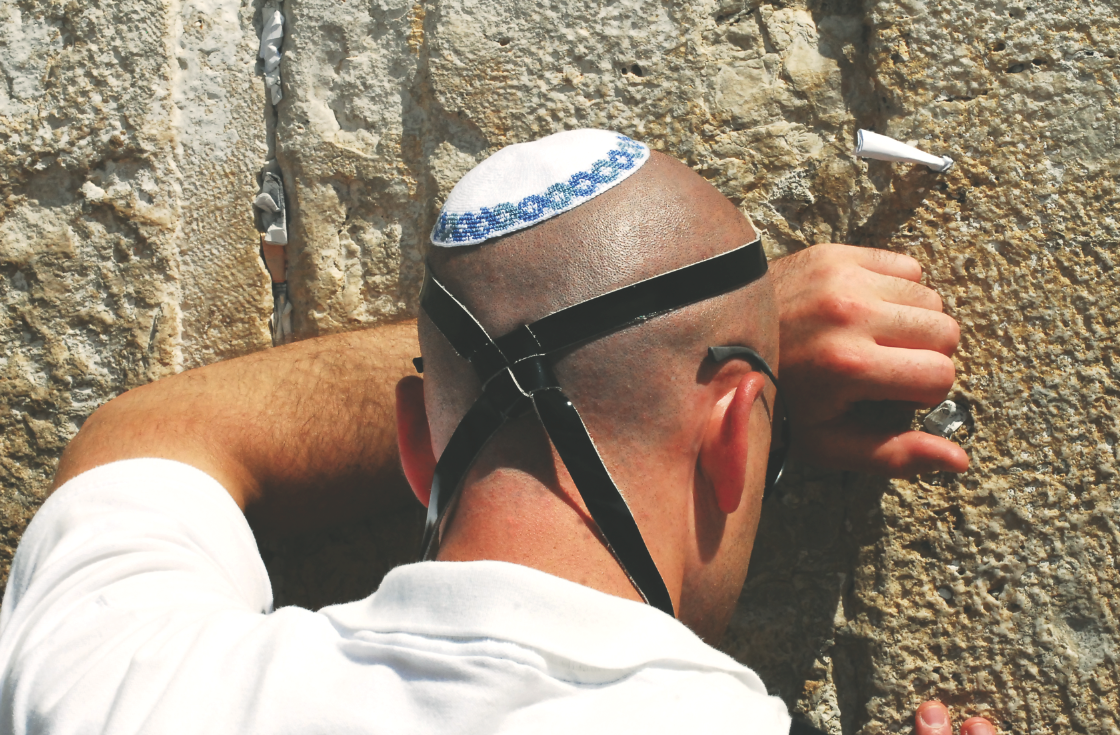By Rabbi Daniel Bortz
The third and last major holiday of the Jewish Calendar year is Shavuot (Saturday evening, May 23-May 25). Shavuot commemorates the giving of the Torah, likened by our sages to a wedding between G-d and the Jewish people. The entire Jewish nation stood at Mount Sinai [the wedding canopy], as G-d [the groom] wed His bride [the Jewish people], by giving her a ring of betrothal [the Torah], vowing that we would always be loyal to one another.
Let’s take a deeper look at this corresponding analogy of the gift of Torah and marriage. Let’s divide the relationship between a couple into three stages. The first stage is the early days of their relationship, the courting process. Here the two may be feeling a great attraction and desire in one another. Each person is showing the other the best side of themselves. During this stage, each one appreciates the other’s qualities, and is attracted to their talents, looks, personality and capabilities.
Marriage can represent the second stage. These original feelings of being madly in love likely will not remain. But the relationship still grows, as each helps and supports the other, learning and progressing together. Each begins to appreciate what the other does for them.
In the third stage of the relationship, the people in the relationship have ceased looking at only what the other offers or at the great benefits and talents their mate possesses. Now, they are one. Think about the difference one sees when looking at a young couple and an elderly couple together. The elderly couple may not seem to have a wild and exciting relationship, or an overt burning passion between them. But they are deeply bound. Each knows, almost instinctively, the needs of their spouse.
So too, have there been three stages in the relationship between G-d and the Jewish people. At their outset, G-d performed miracles and wonders in Egypt and at the sea, sweeping the Jewish nation off of their feet. The Jews as well impressed G-d with their faith in leaving Egypt into an unknown desert and future. We were madly in love with one another, proclaiming: na’aseh v’nishma–“we will do first, and then we will understand.” There was an undying devotion to this awesome Divine Being. But this was a temporary excitement. After the marriage at Mt. Sinai, the Jews disobeyed and rebelled, leading almost to a divorce. But the relationship endured and progressed, as each did so much for the other; the Jews performing Mitzvot and learning about their mate through studying His Torah.
But as history has progressed, the connection between G-d and His People has moved into the third stage, our becoming as One, knowing instinctively what the other wants. This is seen in the Halachot and Minhagim (customs) developed by all strands of Jewish leaders and communities worldwide over time. These laws and customs all have basis on Torah texts, but have been established and elucidated by man. “The Torah is not in heaven,” meaning it is up to us to decide amongst many of the rulings and customs (see Talmud, Bava Metzia 59a-b for more).
Let us not forget as well that just as any relationship, even in its third stage, needs excitement and passion to thrive, G-d deeply desires a loving and exciting relationship with us, as evidenced in King Solomon’s Song of Songs.
Let us celebrate the gift of the Torah, working to merit the time soon when the relationship of all with G-d will be openly revealed as being in the third stage, as one.





Comments